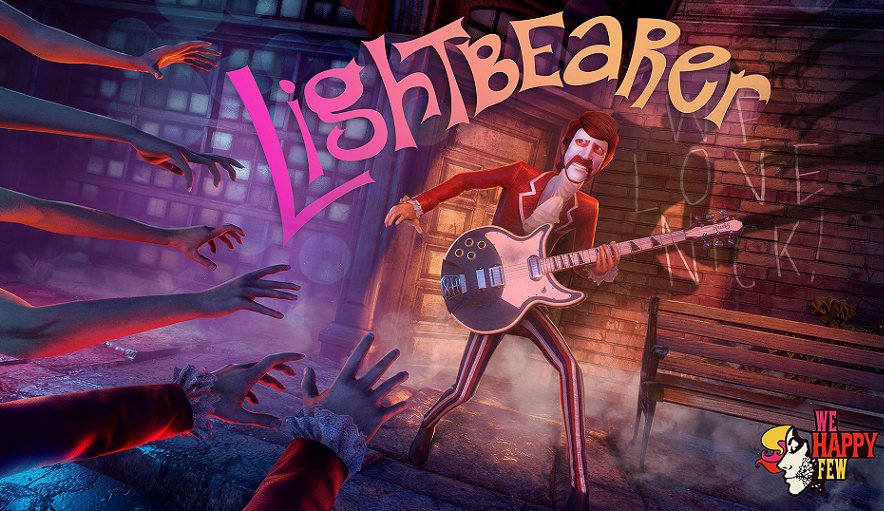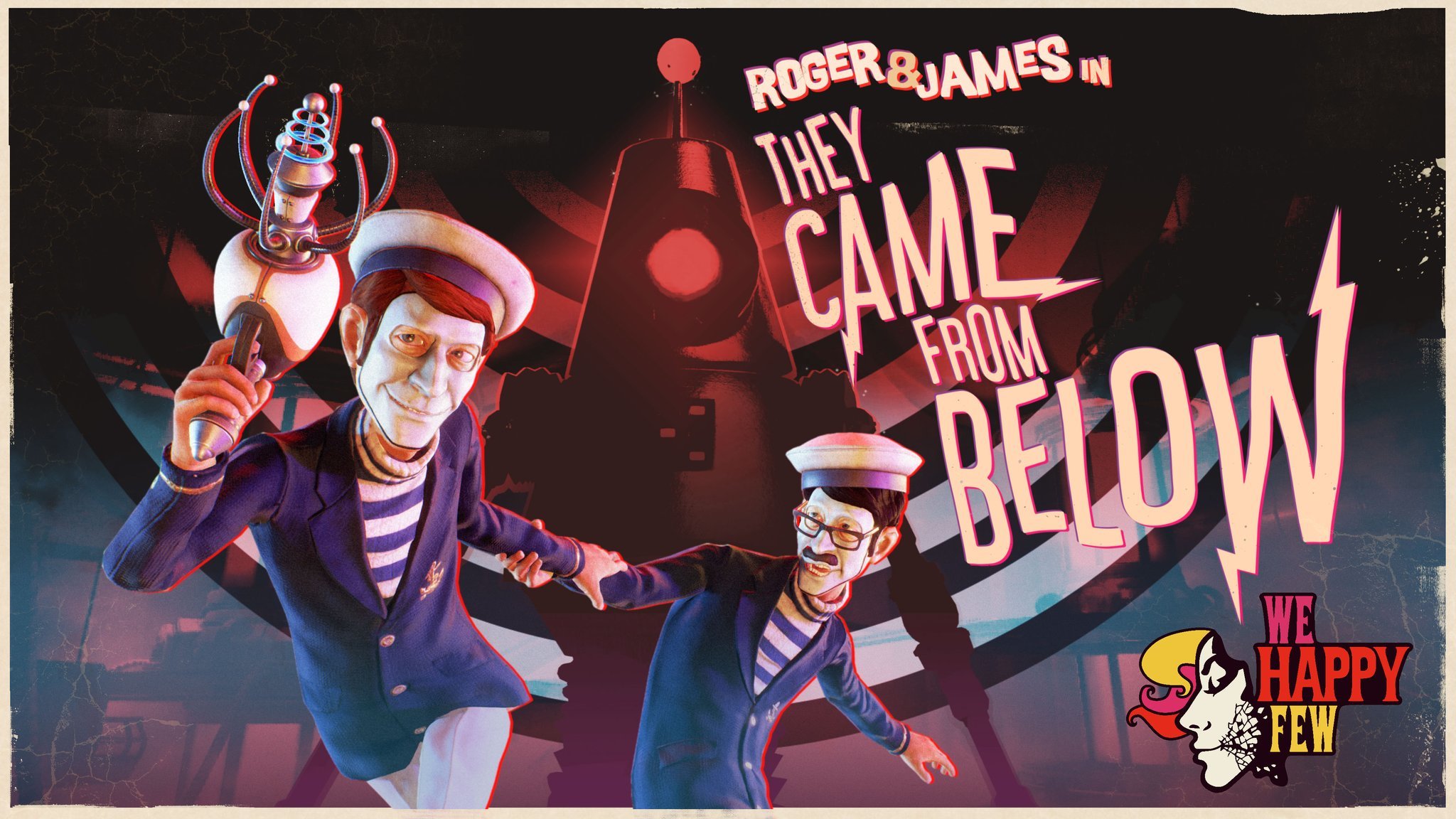

Hi everyone,
We are excited to announce that Lightbearer, our second DLC is now live on Xbox One, PS4, Steam and GOG!
https://www.youtube.com/watch?v=65HH7Bga0Y4&feature=youtu.be
In this second piece of handcrafted Season Pass content, you play as Wellington Wells’ most beloved rock star, Nick Lightbearer, in a brand-new story! Heartthrob, artist, and personal trainwreck Nick Lightbearer is adored by legions of fans—until disaster strikes when a Nick-centric fan convention is plagued by a string of murders. When all signs point to him as the killer, how will he reconcile the disturbing overlap between his own blackouts and the killings?
It also features a brand new song from Murray Lightburn (The Make Believes, The Dears) “I Have Seen Everything”.
You can get this DLC as a standalone here: https://store.steampowered.com/app/974580/We_Happy_Few__Lightbearer/?curator_clanid=6699463
Or as part of the Seaon Pass here: https://store.steampowered.com/app/919000/We_Happy_Few__Season_Pass/
Cheers,
Compulsion Games








